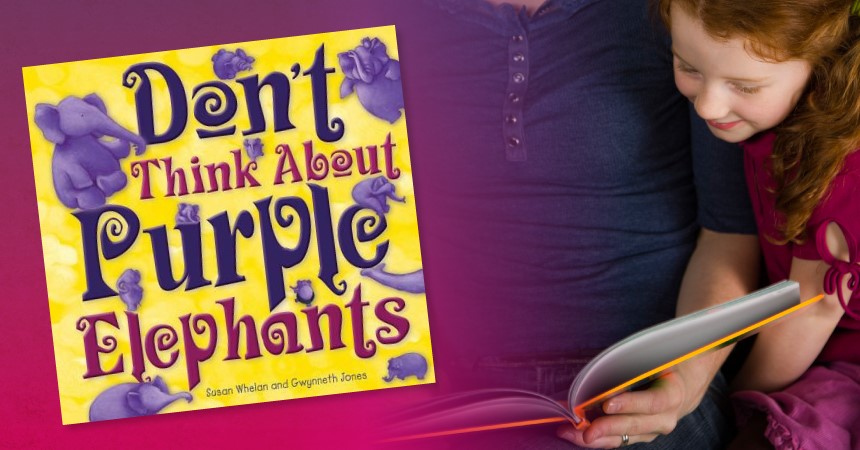Over a period of several weeks, the calm requests escalated into tearful demands and the time it took her to fall asleep increased until she was regularly still awake after ten o’clock. She asked me to stay by her bed until she fell asleep, then kept herself awake checking I was still there. If I left, she sobbed until I came back to sit by her bedside.
After weeks of trying different strategies, none of which helped to reduce the bedtime tears, we were both exhausted. After a particularly bad night, I called a friend who recommended I visit my GP to discuss counselling for my daughter. I met with my GP a few days later and was relieved when she took my concerns seriously and recommended a local paediatric psychologist.
It gradually became clear Elizabeth’s inability to get to sleep wasn’t because of the usual bedtime fears (the dark, things that go bump in the night, monsters under the bed) or defiance. Instead it was worry that kept her awake. Without the relief of her daytime conversations and activities, she couldn’t distract herself from a variety of little worries, which played on a continuous loop in her mind and made it impossible for her to relax and go to sleep.
The sessions with the psychologist made a difference in several ways. The obvious benefits for Elizabeth included developing skills that enabled her to recognise when she was becoming anxious and calm herself before the anxiety made it difficult for her to think clearly. The counselling helped to build her self-esteem and her confidence in her ability to solve problems and deal with whatever challenges came along, as well as helping her to understand it was all right to ask for help and let people know if she was unsure or worried about anything. As a parent, I benefited from the counselling sessions as well. Seeing my daughter return to her confident, outgoing, well-rested self was wonderful and a relief after many weeks of tears and tiredness. It was also wonderful, finally, to have a way to talk about how she was feeling that made sense to both of us.
While much of the assistance for Elizabeth came through conversations with the psychologist, we also needed to implement some changes at home. Most of these involved changes to her bedtime routine to help Elizabeth go to bed feeling happy and relaxed, rather than anxious and preoccupied with thoughts about her day. We tried various ideas, including a prayer diary where she could write down the things she was concerned about. We also played silly word games that left us both smiling as I turned out the light.
Our favourite game was a memory list of different coloured animals. We began with purple elephants and blue giraffes and added a new animal each night, taking turns to repeat the whole list. Eventually we had a selection of around 30 animals including a turquoise sloth, gold kookaburra and indigo leopard, and our attempts to remember them all were always entertaining.
That was several years ago and Elizabeth is now a happy teenager. However, she continues to use the techniques she learned all those years ago whenever she starts to feel anxious or worried. The experience was significant for both of us, and as a result I have gained a much greater understanding of anxiety. I feel a genuine empathy for children and adults who struggle with anxious thoughts.
When a friend recently challenged me to write a picture book, my mind went back to the challenges we faced when Elizabeth was younger. I love children’s books that begin conversations and I thought about what kind of story might have prompted Elizabeth to be able to let me know how she was feeling.
Inspired by my experiences with Elizabeth, I wrote Don’t Think about Purple Elephants, a story about Sophie, a little girl who worries. She doesn’t worry during the daytime, but at night her anxious thoughts stop her from gettingto sleep. Sophie’s family tries to help, but the well-meaning advice just makes things worse until Sophie’s mother comes up with a creative solution to her bedtime anxiety.
It was important to me that Sophie’s family supports and encourages her. Her parents and siblings don’t dismiss her fears as meaningless, but instead try to find ways to help her relax and calm her thoughts. It was also very important that the story be entertaining. I didn’t want to lecture children or make their worries worse and I wanted the book to be fun to read.
Incorporating the colourful animals from our bedtime memory game seemed like an obvious way to keep the story light and enjoyable. They add a whimsical element that balances the more serious themes and they also make it possible for Sophie to reclaim some control by the end of the story.
The illustrations by Newcastle artist Gwynneth Jones turned a simple story about Sophie’s bedtime worries into a very clever way of initiating conversations with children about how they are feeling. The use of colour and the engaging characters create opportunities for parents, teachers and other carers to help children connect with Sophie’s story and discuss worries, caring for others, being part of a family, solving problems and, of course, purple elephants.























































































